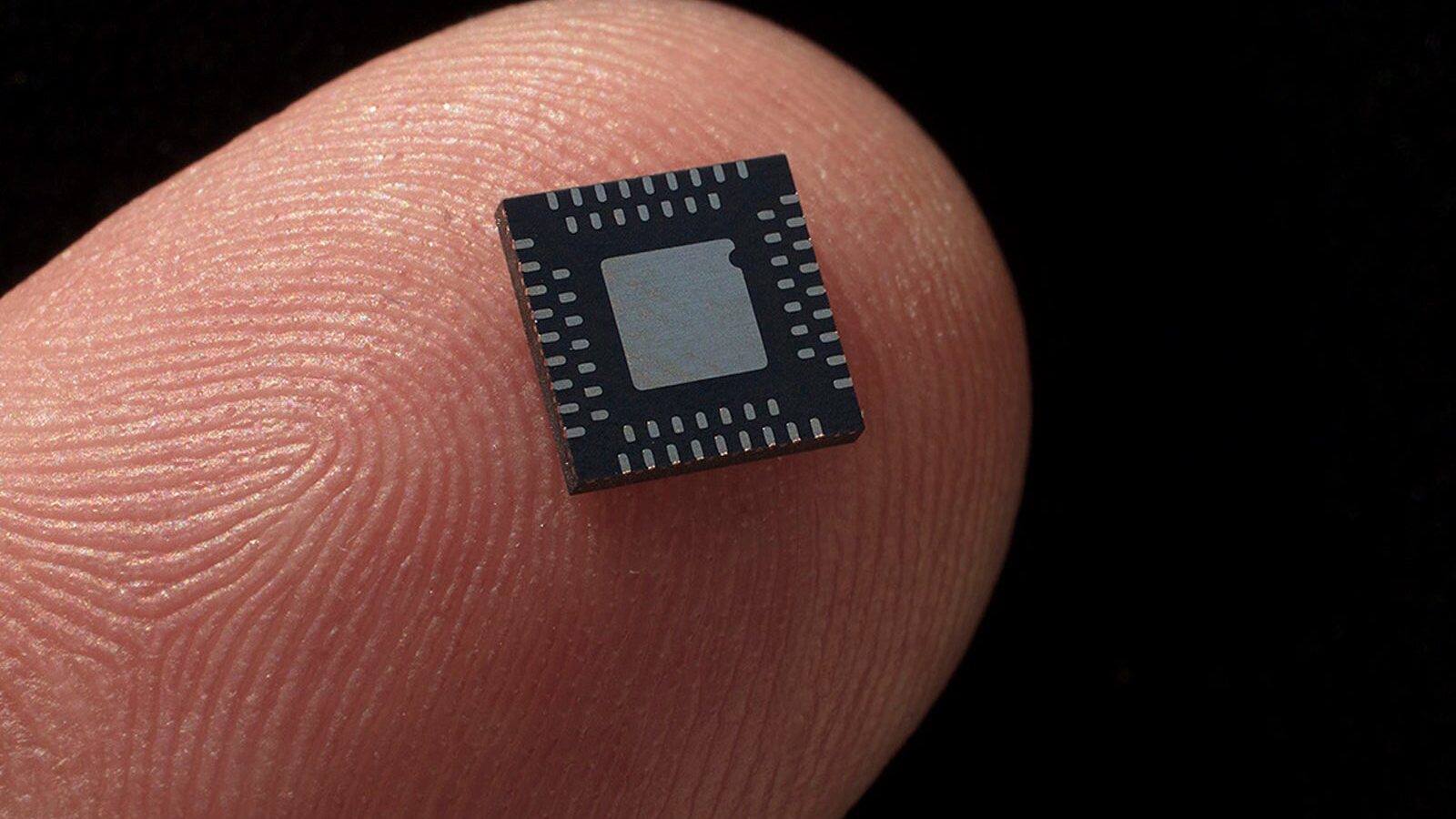
Arm has formed a new 'solutions engineering' team to develop prototype chips for smartphones, laptops, and other consumer electronics and demonstrate what its technologies are capable of, reports Financial Times. There are concerns in the industry that Arm plans to either sell chips itself, or license such designs, competing with its licensees, but sources close to Arm have denied plans to sell or license the product and insist that it is only working on a prototype.
Traditionally, Arm licenses its instruction set architecture, logical designs of its CPUs or GPUs, silicon-proven physical designs of its CPUs or GPUs, and various other IP blocks to its clients. But this time around the chip being developed by the solutions engineering team, led by industry veteran Kevork Kechichian, is said to be more advanced than ever before, according to FT's source in the industry. The complexity of the project makes some people in the industry think that Arm may either build its own-brand SoCs, or at least license reference designs instead of licensing IP. Arm declined to comment on the information.
This is not the case, according to FT's sources close to Arm. The company reportedly only wants to develop a prototype chip or chips to showcase what its IP is capable of in terms of power and performance. Meanwhile, the development of complex system-on-chips is extremely expensive. There are estimates that a fairly complex 5nm SoC design could cost as much as $540 million (with software), whereas the development cost of a complex 3nm SoC may be as high as $1.5 billion with software included.
"Working on intellectual property is one thing but really designing and working with production partners to turn those efforts into physical chips is a totally different arena. It is more capital intensive," a former Arm executive with knowledge of the effort told the Financial Times. "At some point in the future [Arm] will definitely need returns to justify that massive investment.
Since Arm itself has not commented on the matter, we can only make guesses about what its solutions engineering team is about. Considering increasing chip design costs, there may be a rationale behind investing in chip designs for Arm.
For example, the company might be developing customizable silicon-proven reference designs containing IP that is guaranteed to work perfectly when implemented on given process technologies. Very few companies can afford to pour $500 million – $1.5 billion into a chip design, but they might want to license something that is guaranteed to work.
Another reason for Arm to develop physical implementations of its IP is because, in the coming years, many of its customers may decide to license chiplets or chiplet designs instead of IP because of costs.
But in both cases, Arm might end up competing against its own customers, such as Qualcomm, MediaTek, NXP, and others that sell their chips to device makers. This will certainly make them more inclined to adopt other instruction set architectures, such as RISC-V and this is of course a strategic threat for Arm. Meanwhile, if smaller companies are unable to license its latest technology to stay competitive with bigger ones, they will go out of business or go with open-source RISC-V designs, which is also a strategic threat.
For obvious reasons, Arm needs to address a variety of strategic challenges before conducting its IPO later this year, so forming a 'solutions engineering' team might just be one of its moves toward that end.







